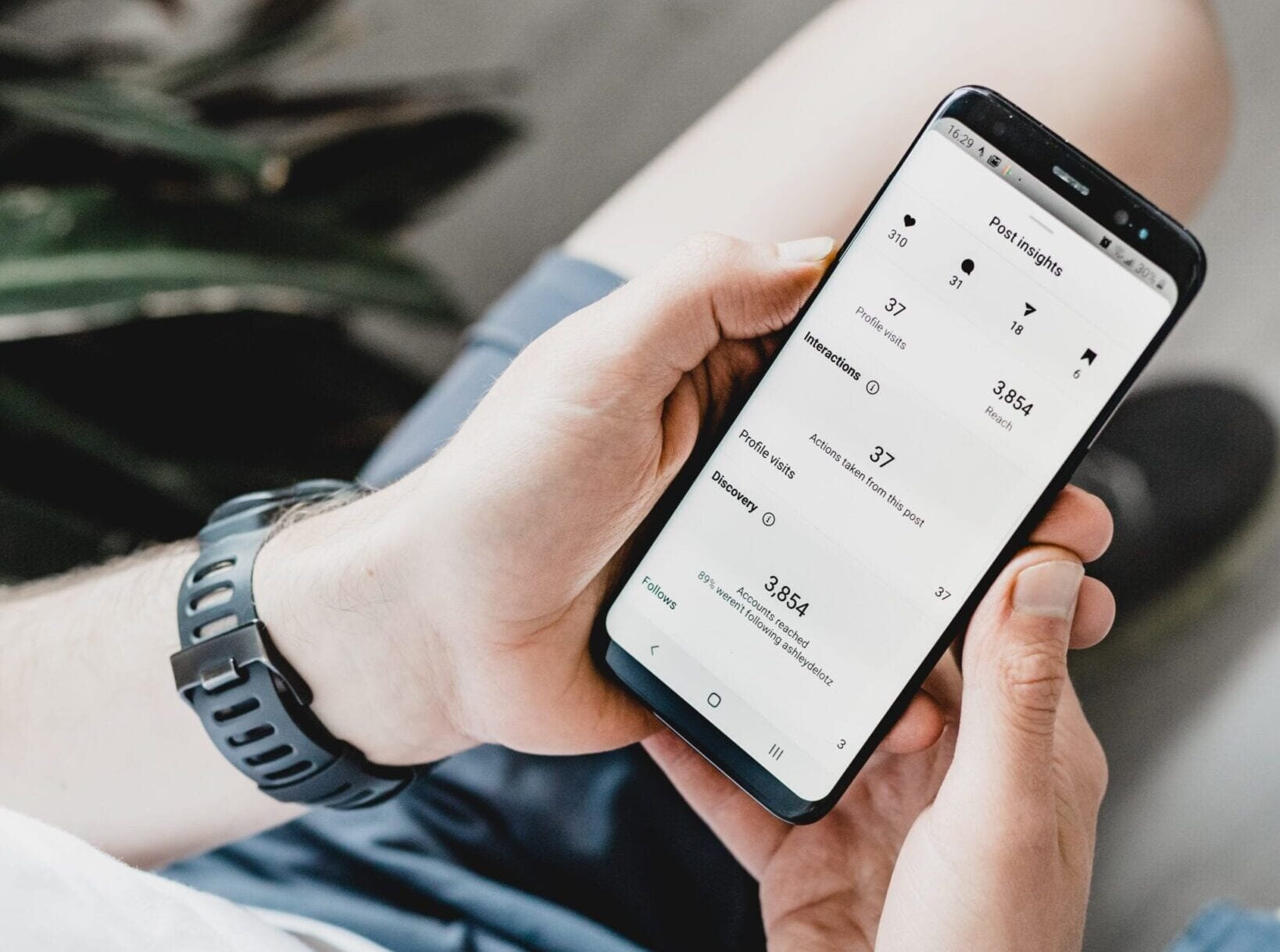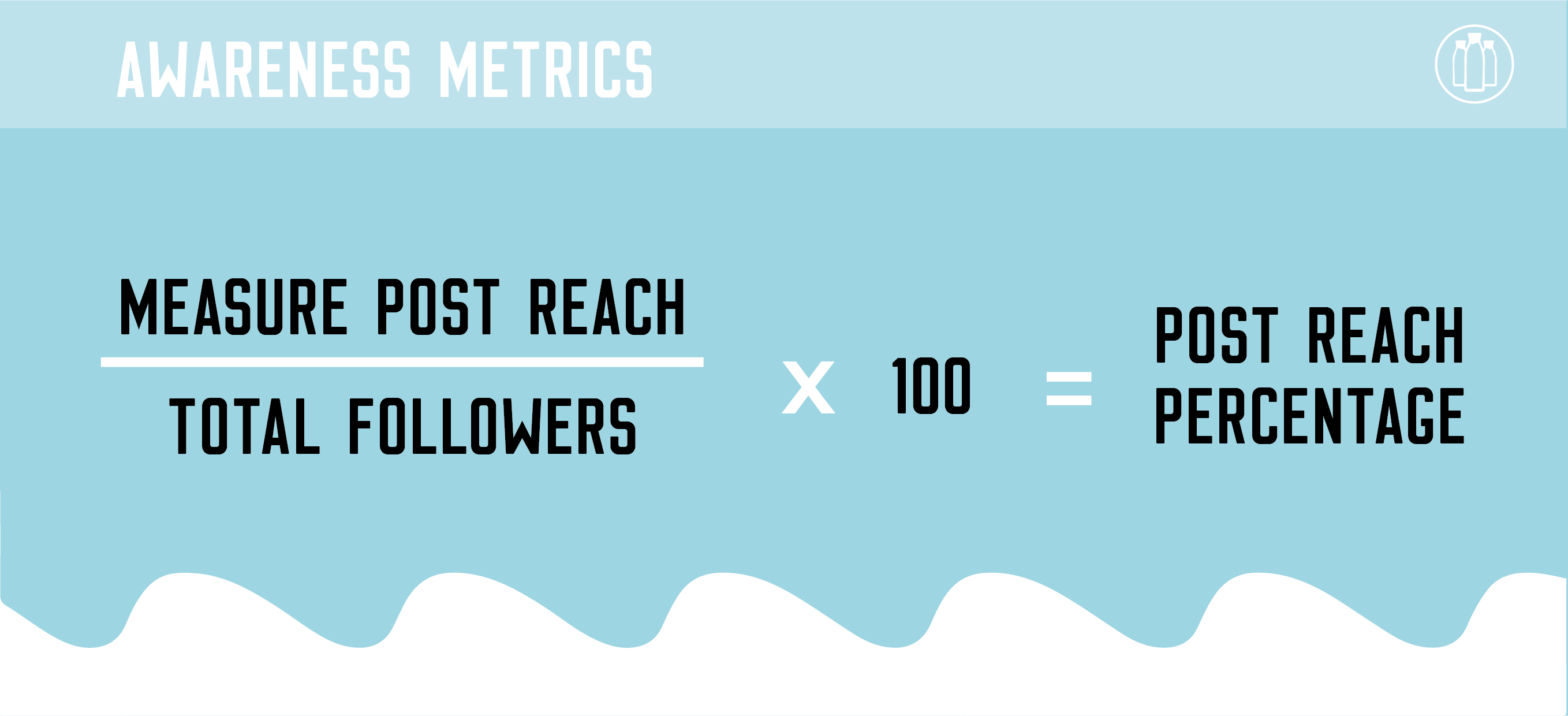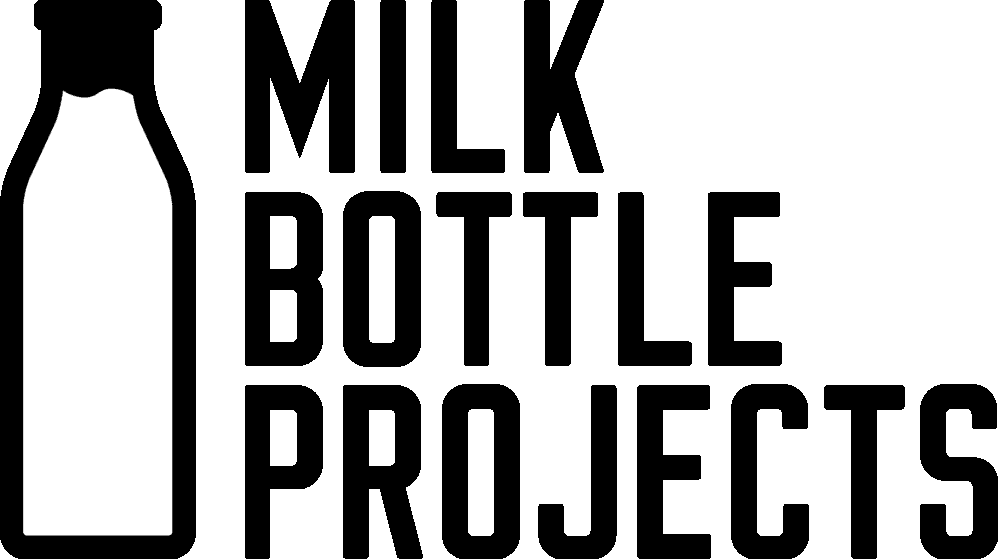Social Media Analytics: Everything You Need to Know
- Topics of Conversation + Marketing Advice
- September 22, 2021


There’s no denying that social media is a powerful tool for business owners to connect directly with their audiences in order to build brand awareness, brand loyalty, demonstrate brand personality and generate leads. If your business is active on social media, then you should be analysing your analytics to supercharge the effectiveness of your marketing efforts. This valuable information can benefit your marketing strategy by helping you to understand your audience more and therefore tweak your marketing strategies to guarantee better performance overall.
Luckily, it’s easier than you think to measure your social media performance. In this blog, we break down the key social media metrics that your business should be keeping an eye on. Our team recommends creating a monthly social media performance report. Use these metrics to create valuable insights that guide your future marketing endeavours, and set goals or objectives that you would like to achieve each month. Compare your data month to month to identify larger trends and analyse performance over an extended period of time.
Audience
Tracking audience metrics enables you to determine whether your target audience is engaging with your content. It is important to know and understand your target audience by considering their behaviours, interests, demographics and location. Audience insights can also enable your brand to find new and relevant audiences to expand your targeting.
Key audience metrics to consider include:
- Gender %
- Primary Age Group
- Primary Location
For example, if you are a local cafe based in Richmond, however the majority of your Instagram followers live overseas, then you have an audience alignment issue and your content isn’t reaching the right demographic. In this case, you should consider using more location-specific hashtags, unfollowing international accounts or setting geographic boundaries for your paid social advertisements.
When analysing audience metrics, it is important to watch your total following and new follows and unfollows to discover how quickly your account is growing. If you experienced a drop in your followers during a reporting period, it is important to understand why. Did you change your content strategy? Did you post something that could be offensive to some people? Do you post too frequently? Alternatively, if you experienced a sudden influx of new followers, understanding the reasoning behind this will enable you to replicate similar marketing tactics to do this in the future.


Timing
Tracking timing metrics will help you pinpoint the best windows of time to post your content to maximise reach and engagement. In your social media insights, you can look for frequency patterns when your audience is online. Make note of the most engaged audience day and time to determine the best days and times to post.
We recommend checking out this Sprout Social study to find out what days and times are best to post for your specific industry.
It is crucial to track your Post Reach, which denotes how many people have seen a post since it went live. To find out your post reach percentage, divide the reach by your total number of followers and multiply by 100. Post reach can be heavily influenced by the timing of your posts. As such, try experimenting with different post times for your content and analyse your reach and other metrics in this blog to find out what works best for your business. Remember, what works for one business might not always work for another!


Engagement
Engagement metrics enable you to understand how actively involved with your content your audience is and how effective your brand campaigns are. Your overall post engagement statistic measures the amount of post shares, reactions, saves, comments, likes, story replies, profile visits, link clicks as well as photo and video views.
We recommend focusing primarily on likes, comments, saves and shares. Analyse which types of content generate more business interactions, and start paying attention to what messages generate the most conversation. Ultimately, this is what your customers would like to see more of, so aim to create similar posts in your future content marketing strategy.
If you have a low level of business interactions, start asking your audience questions in your captions or talk about topics that spark conversation. Engagement helps to bring your current and potential customers together to transform your brand from a company with one way messaging and into a connected community with two ways of communication. If you’re wanting to increase your engagement and gain followers organically, check out another one of our blog posts here.
Business CTA
Be aware of where your opportunities are on your social media profiles to generate leads and make it easier for your audience to engage and take action. Business call-to-actions can include profile visits, website taps, email button taps, get direction taps and call button taps. It is important to make sure that all of your business information is up to date on your profile to drive these valuable actions for your business. You may even consider using a linktree, which is a personalised and easily-customizable landing page that house all the important links you want to share with your audience. Link trees are a simple and highly efficient way to direct your customers to your other social channels, website, ordering page, blog, or other important websites for your business.
For your paid social ads, it is important to look at how many people clicked on your link or other call-to-actions. This figure will be translated into a Cost-Per-Click (CPC) for your ad, which essentially means the actual price you paid for each click. The more successful your advertisement is in promoting a call-to-action, the lower your cost per click will be. Compare the performance of your social ads to understand which imagery, copy and CTA generates the best results for your business, then aim to mimic this in future campaigns.
At MBP, we use analytics and reporting to guide the social media strategy for our clients to get proven and measurable results. If you’re unsatisfied with your business’ social media performance or are looking to grow your account, contact us today.

